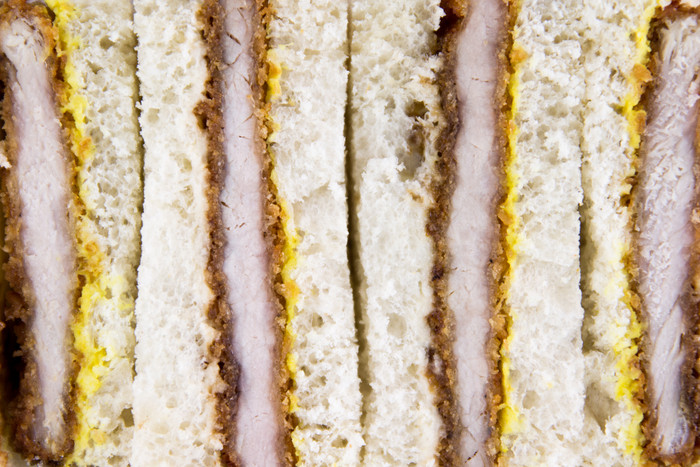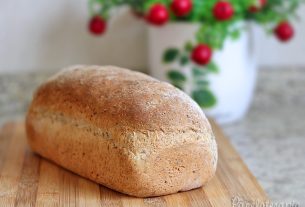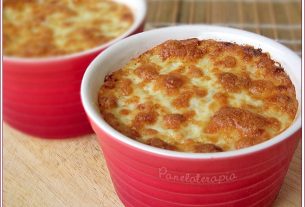You know when you’re craving a recipe and can’t stop until you make it or eat it? So, this Katsu Sando easily enters this category!
And one more shock factor: it’s a savory recipe! Tenúndia Calm down people. I also like salty foods and we do it from time to time too, right?
Katsu sando It is a very common preparation of Japanese cuisine, very typical and traditional. It is a sandwich made on white bread with tonkatsu: Japanese-style breaded pork fillet.
You didn’t read it wrong: breaded fillet! I start to salivate again just thinking about it.
The big star of the dish is the tonkatsu, breaded itself. Nowadays, it is more common to use pork. It started with beef and then moved on to pork. But you can use whichever cut you prefer, even chicken.
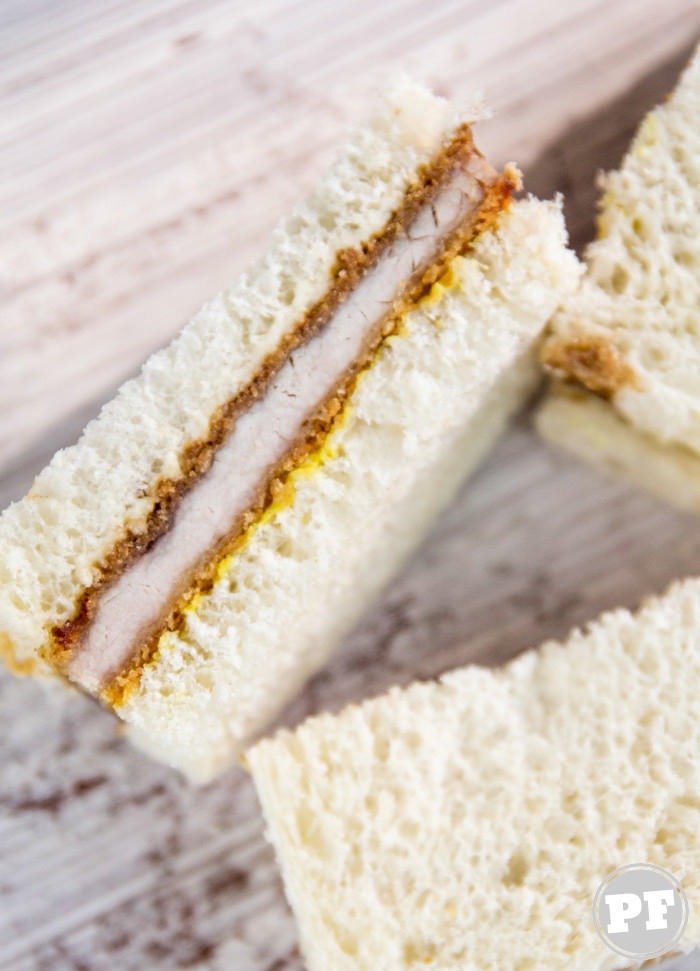
A very common Japanese dish, it is part of the culture. It is classified as yoshoku: Japanese dish with Western influence. And no, it’s not new. He appeared during Meiji Era Renovation/Restoration (read: a long time ago).
What differs greatly is the type of breadcrumbs used. For Asian frying in general, type flour is used. panko. It’s also made of bread, but it’s not as thin as ours. It is textured, so to speak. The look is very different and most importantly, the texture: it becomes much crispier. It really makes a lot of difference.
Katsu Sando: Milanese Pork Sandwich (Tonkatsu)
Makes: 3 units
- 01 ovo
- 50 g wheat flour
- 50 g panko flour (approximately; Asian style breadcrumbs)
- 03 pork chop fillets (~110g/each and ~0.5cm thick, can be beef steak or chicken)
- refined salt (August)
- ground black pepper (August)
- 06 slices traditional loaf bread (with or without shell)
- Yellow mustard (August)
- Regular mayonnaise or Japanese mayonnaise (kewpie, see you soon)
- Tonkatsu sauce / Japanese style milanese sauce (August)
- vegetable oil (to fry)
1 cup: 250mL | 1 tablespoon: 15mL.
- Beat the egg, mix the yolk and white well.
- Steak fillet generally has bones. Remove the pieces of bone and clean the meat: remove excess ribs and fat. In the end, you will have around 75-80g/each.
- Arrange flour, egg and panko in suitable containers to bread the fillets.
- Season the fillets, wheat flour and panko with salt and pepper.
- To bread: dip the fié in the wheat flour (remove the excess), in the beaten egg and finally in the panko, pressing well to make it stick. Repeat the process for the remaining fillets.
- In a pan or frying pan with high edges, add oil to a height of ~1-1.5cm. Heat the oil over medium heat, it should not be too hot (below 180ºC), as the meat needs to cook. If it’s too hot, the breading will burn, but the meat will remain raw. Traditionally, fillets are deep-fried, but I think it uses a lot of oil.
- It takes about 7-10 minutes, and during this time you need to turn the fillet.
- When it is golden brown, remove it from the oil and let it drain on a paper towel/napkin. Wait 5 minutes before proceeding.
- Spread mustard on one slice of bread, and mayonnaise on the other. Place the fried fillet on top and pour the tonkatsu sauce over it. Close with the other slice.
- If desired, remove the crust from the bread and cut in half.
- Serve.
- Panko Flour: it is an Asian style breadcrumb that has texture, it is in the Asian products section.
- Molho tonkatsu: the flavor is reminiscent of Worcestershire/Worcestershire sauce. In the market, it is usually in the salad dressing or Asian products section.
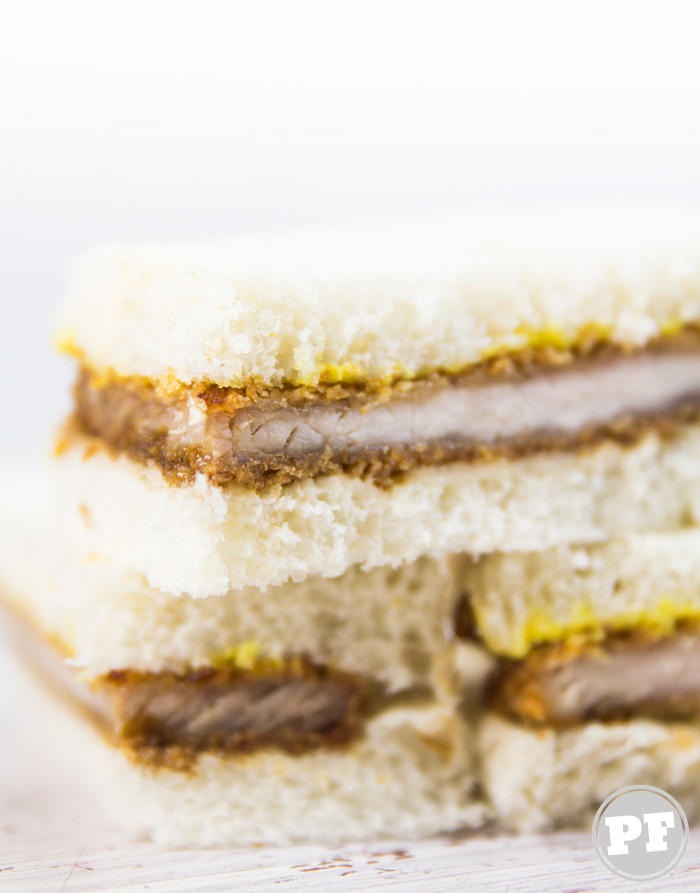

Sign up for our newsletter and stay up to date with exclusive news
that can transform your routine!
Warning: Undefined array key "title" in /home/storelat/public_html/wp-content/plugins/link-whisper-premium/templates/frontend/related-posts.php on line 12
Warning: Undefined array key "title_tag" in /home/storelat/public_html/wp-content/plugins/link-whisper-premium/templates/frontend/related-posts.php on line 13

